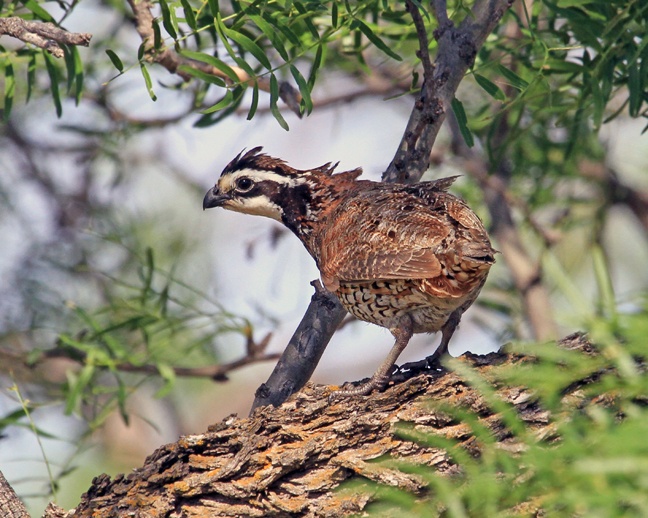We have much more to do and your continued support is needed now more than ever.
Eco-Schools USA and Tanglewood Middle School – The Perfect Match
Why did you choose to become an NWF Eco-School?
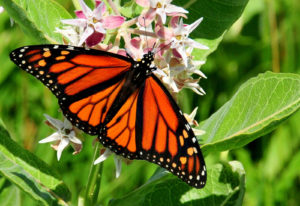
The Eco-Schools USA program, National Wildlife Federation’s core Education for Sustainability program, is a great fit for Tanglewood Middle School in Houston ISD. We are an international Baccalaureate school so we strive to develop students who will build a better world, who will take responsibility of their own learning, who are challenged to think critically and who consider both local and global contexts.
Because we work horizontally and vertically with classes in the school, it is very easy to connect our curriculum to the 10 Eco-School’s pathways and to make real world applications that are embedded in the program. Also, our school is organized into two worlds: Innovation and Sustainability. Eco-Schools USA is a great fit for both worlds but we have focused more on sustainability using the Schoolyard Habitats pathway.
We have loved having a program that allows us to reach so many students in different ways. In addition to the environmental science classes involved in the program, we have a dedicated enrichment period every Friday that has allowed us to pursue the schoolyard habitat pathway with a core group of students which includes members from the Student Council and the National Junior Honor Society. All of these students became part of our Eco-Action team and helped to lead the project.
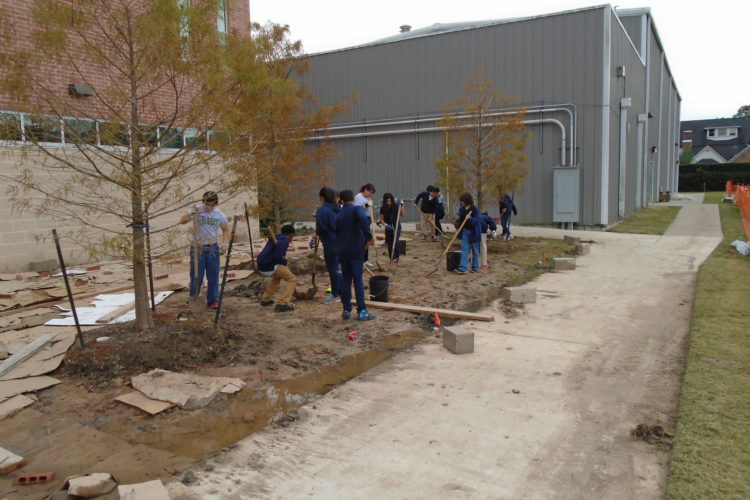
What is your proudest achievement?
Our gateway into the Eco-Schools USA program was through a Monarch Heroes Grant offered by the National Wildlife Federation. The Monarch Heroes Program presented an opportunity for Tanglewood Middle School to restore a natural environment to our campus while focusing on creating a way station for the migration of the Monarch butterfly. The species has declined 80% in the past 20 years and is in need of our help.
Our students designed and built a monarch garden that is really amazing. Students were heavily engaged at all stages of its development. Many of our 6th grade sustainability students helped to map out and design the garden using math and engineering skills. We actually took over an empty classroom and did a mock design of the garden at a 1/2 scale. These students also designed shelters for the monarch butterfly chrysalis’ using wood from old pallets and they helped to seed the garden. The innovation students have been caring for the garden over the summer. Together, this is a wave of students moving up each year that have become acculturated to the garden and the plight of the monarch butterfly.
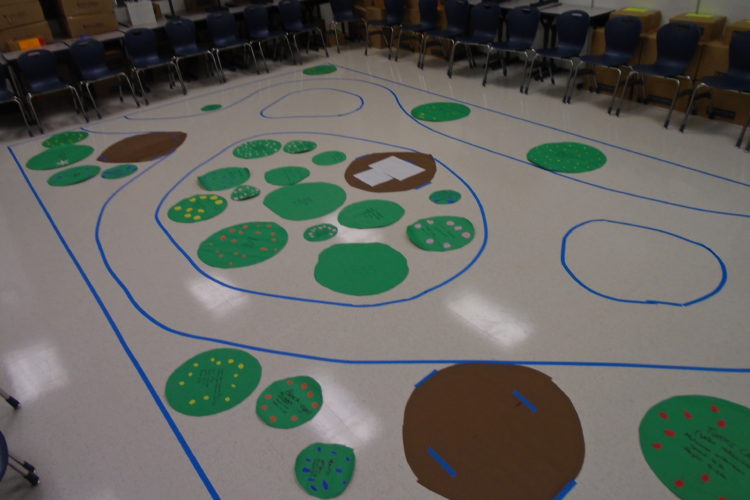
How does your Monarch Garden help wildlife?
If you build it they will come. Multiple students have reported monarch sightings this year. The inclusion of the puddling areas for the monarch was part of the original design for the garden. Recently, we have seen raccoon tracks near the puddling areas. We are now planning a small vernal pond, which will receive water intermittently, at the end of the garden’s drainage system. This will help small mammals through Houston’s hot summer. Our nectar plants are thriving and will be ready to help fatten up the monarchs on their way south in the fall and our milkweed is also doing really well. We can’t wait to host many monarchs in the spring.
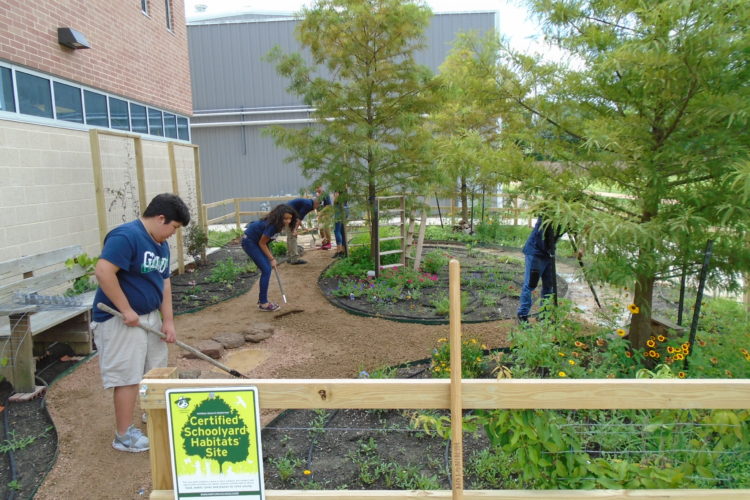
What’s next?
Next year, we look forward to maintaining and improving our monarch garden and with a more mature garden in place we will engage our students in citizen science. They will help collect valuable monarch migration data (such as number of monarchs observed, number of eggs laid, larva observed, etc.) that contributes to the on-going national research on the monarch butterfly. We also look forward to holding more school events to raise awareness in the school and our community about the crisis facing pollinators, particularly the Monarch butterfly and to increase student focus and understanding of the topic. We want to install a prairie on the campus that will be accessible to the general public, and we hope to create our own soil and compost and do other explorations that allow students inquiry into the environment and connection to the outside world.
What do you see as the main benefits of your participation in the Eco-Schools Program?
The Eco-Schools Program provides real world experiences that are in line with our IB expectations. Students are charged to go out and make a difference in the world. The program is so well-organized that it makes the exploration of the pathways easier for the teachers and the students. Every parent that has come through our school on a tour has been very impressed and encouraged by our efforts on the Monarch garden. It has also helped me as a Social Studies teacher bridge to my peers, particularly the science teachers.
This has been a great experience for students and staff alike. We have a saying in IB, “You must take the journey yourself.” This has been true throughout the experience. Because we invested in broadening the program among the student population, our journey has made a difference.

